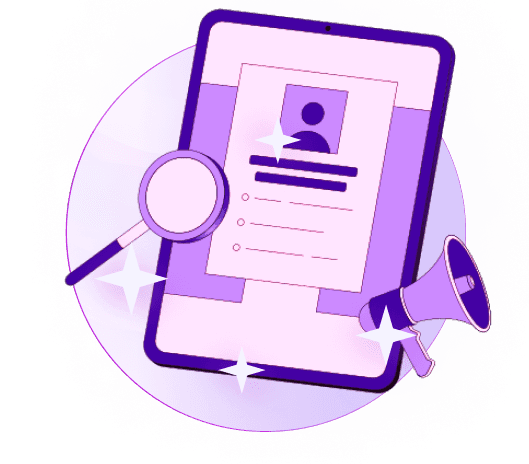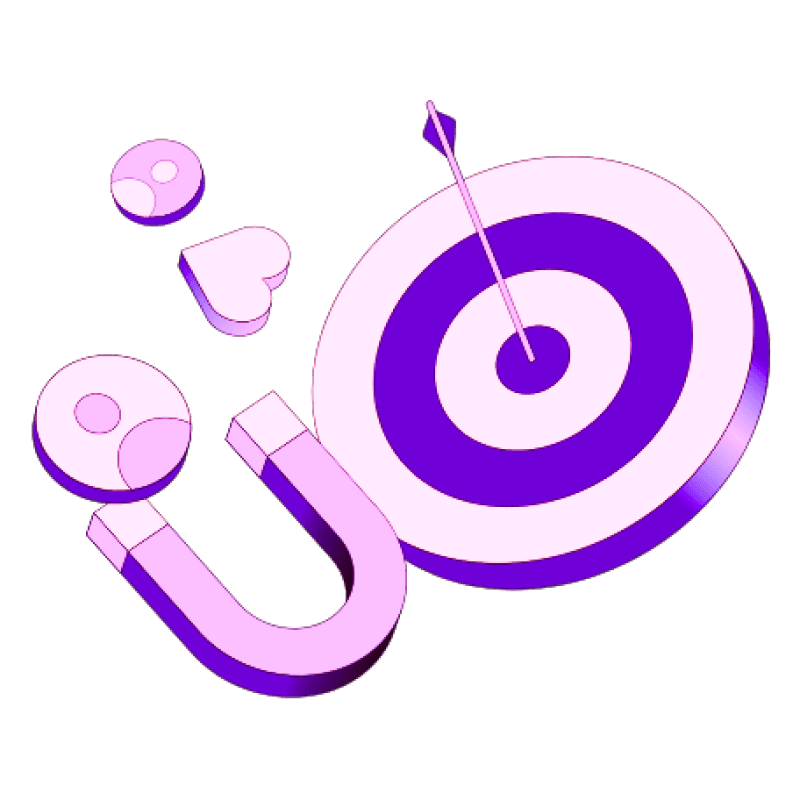Blogs
Articles

Exploring The Intricate Dynamics Of Customer Behavior In The Realm Of Sales
Exploring the intricate dynamics of customer behavior in the realm of sales is essential for any savvy professional. By tapping into the psychology of buyers and decoding their decision-making processes, sales professionals can unlock a treasure trove of insights that pave the way for impactful strategies.
Join us on a journey through five potent sales triggers that have the potential to revolutionize your sales approach, drive conversions, and maximize revenue generation. By understanding and effectively leveraging these triggers, sales professionals can propel their businesses towards unparalleled growth and success in today's competitive market landscape.
Definition of Sales Triggers
Sales triggers are specific events or conditions that prompt a potential customer to make a purchase. These triggers can vary from discounts and promotions to social proof and scarcity tactics. Understanding the different types of sales triggers can help businesses effectively influence consumer behavior.
Significance of Sales Triggers
Sales triggers play a crucial role in driving consumer decisions. By leveraging sales triggers effectively, businesses can create a sense of urgency or desire that motivates customers to take action. Whether it's through persuasive messaging or strategic pricing, sales triggers have the power to sway purchasing decisions and drive sales.
How Sales Triggers Influence Consumer Behavior
Sales triggers tap into various psychological and emotional factors that influence consumer behavior. For example, the fear of missing out (FOMO) can be a powerful sales trigger that drives impulsive purchases. Similarly, the perception of value, social validation, and the need for instant gratification are all ways in which sales triggers can impact consumer decision-making.
Implementing Sales Triggers in Marketing Strategies
Understanding how to effectively implement sales triggers in marketing strategies is crucial for businesses seeking to stand out. One popular sales trigger is the principle of reciprocity, where offering something of value upfront can lead to increased sales. Additionally, creating a sense of scarcity through limited-time offers or exclusive deals can push consumers to make faster purchasing decisions.
Leveraging Data for Personalized Sales Triggers
With advancements in technology, businesses can now leverage data analytics to personalize sales triggers for individual customers. By analyzing past purchase behavior and preferences, companies can tailor their sales triggers to match the specific needs and interests of their target audience. This personalized approach not only enhances the customer experience but also increases the likelihood of conversion and customer loyalty.
Ethical Considerations in Using Sales Triggers
While sales triggers can be powerful tools for influencing consumer behavior, businesses must also consider the ethical implications of their marketing tactics. Using manipulative sales triggers or false scarcity claims can damage brand reputation and erode consumer trust. It is essential for businesses to strike a balance between persuasive marketing techniques and ethical practices to build long-term relationships with customers.
A deep understanding of sales triggers and their impact on consumer behavior is essential for businesses looking to boost sales and drive conversions. By incorporating effective sales triggers in marketing strategies, businesses can create compelling experiences that resonate with customers and drive sustainable growth.
Implementing Sales Triggers Effectively
In the competitive landscape of sales, incorporating sales triggers into your sales strategies can be a game-changer. By understanding what motivates your potential customers to make a purchase, you can tailor your approach to effectively trigger their decision-making process. Here are some key tips for implementing sales triggers effectively:.
Understand Your Audience: Before implementing any sales triggers, it's crucial to have a deep understanding of your target audience. What are their pain points, desires, and motivations? By knowing your audience inside out, you can identify the most effective triggers to push them towards a purchase.
Identify Key Sales Triggers: Once you know your audience, the next step is to identify the key sales triggers that are most likely to resonate with them. This could be scarcity, social proof, fear of missing out, or any other emotional or logical trigger that prompts action.
Personalize Your Approach: One size does not fit all when it comes to sales triggers. Personalizing your approach based on individual customer preferences and behaviors can significantly increase the effectiveness of your sales strategies.
Use Real-Life Examples: To better illustrate the power of sales triggers, it's helpful to provide real-life examples of successful sales trigger implementations. Share case studies or success stories that showcase how a well-executed sales trigger led to increased conversions.
Test and Iterate: Sales triggers are not a one-size-fits-all solution. It's essential to continuously test different triggers, measure their impact, and iterate based on the results. A/B testing can help you identify which triggers are most effective for your specific audience.
In addition to the above tips, consider leveraging data analytics to understand customer behavior patterns and predict potential triggers. Utilizing technology such as customer relationship management (CRM) software can aid in tracking customer interactions and identifying opportunities for trigger implementation.
Furthermore, collaborating with the marketing team can help align sales triggers with overall marketing campaigns for a cohesive customer experience. By integrating sales triggers across various touchpoints, from initial lead generation to post-purchase follow-ups, you can create a seamless journey that nudges customers towards conversion.
Remember, successful sales trigger implementation is a continuous process of refinement and adaptation. Stay attuned to market trends, gather feedback from customers, and stay agile in adjusting your strategies to meet evolving customer needs and preferences. By staying proactive and innovative in your approach, you can effectively implement sales triggers that drive meaningful results and boost sales performance.
Measuring the Impact of Sales Triggers
In the fast-paced world of sales and marketing, understanding the effectiveness of various strategies is crucial for success. One aspect that plays a significant role in driving sales is the use of sales triggers. These triggers are events or actions that prompt a potential customer to make a purchase. But how can businesses measure the impact of these sales triggers? Let's delve into the key points to consider.
Key Performance Indicators to Track the Effectiveness of Sales Triggers
Conversion Rate: Track the percentage of leads that convert into actual customers after being exposed to a sales trigger.
Sales Velocity: Measure how quickly leads move through the sales funnel post encountering a sales trigger.
Customer Lifetime Value: Analyze the long-term value that customers bring to the business due to specific sales triggers.
Tools and Techniques for Analyzing Sales Trigger Impact
CRM Systems: Utilize Customer Relationship Management systems to track customer interactions and correlate them with sales triggers.
A/B Testing: Conduct split tests to compare the impact of different sales triggers on customer behavior.
Data Analytics: Use advanced analytics tools to derive insights from customer data and understand the impact of sales triggers on sales performance.
Understanding the Dynamics of Sales Triggers
Sales triggers encompass a wide range of stimuli that can influence a potential customer's buying decision. These triggers can vary from promotional offers and discounts to social proof and scarcity tactics. By identifying the most effective sales triggers for your target audience, businesses can tailor their marketing strategies to drive higher conversions.
Measuring Emotional Responses
In addition to tracking traditional metrics like conversion rates and sales velocity, businesses can also benefit from measuring emotional responses to sales triggers. Understanding how customers feel when exposed to different triggers can provide valuable insights into their purchasing behavior and preferences.
Personalization and Sales Triggers
Personalization plays a crucial role in the effectiveness of sales triggers. By segmenting customers based on their preferences and behavior, businesses can deliver targeted triggers that are more likely to resonate with individual customers. Leveraging personalization techniques can enhance the impact of sales triggers and improve overall conversion rates.
The Role of Timing in Sales Trigger Effectiveness
Timing is key when it comes to deploying sales triggers. By understanding the customer journey and identifying key touchpoints, businesses can ensure that sales triggers are delivered at the right moment to maximize impact. Whether it's sending a follow-up email after a customer interaction or offering a time-limited discount, the timing of sales triggers can significantly influence customer response.
Measuring the impact of sales triggers is essential for optimizing sales and marketing strategies. By focusing on a combination of key performance indicators, analytical tools, and a deep understanding of customer behavior, businesses can effectively evaluate the effectiveness of their sales triggers and drive better results.
Conclusion
By incorporating the five powerful sales triggers discussed in this blog, businesses can effectively maximize their sales potential and drive revenue growth. Understanding the importance of reciprocity, scarcity, authority, consistency, and liking in the sales process can empower sales teams to build stronger relationships with customers and ultimately achieve higher conversion rates.
Embracing these sales triggers as part of a comprehensive sales strategy will undoubtedly lead to increased success and profitability for businesses in today's competitive market.

Create Your Free Persana Account Today
Join 5000+ GTM leaders who are using Persana for their outbound needs.
How Persana increases your sales results
One of the most effective ways to ensure sales cycle consistency is by using AI-driven automation. A solution like Persana, and its AI SDR - Nia, helps you streamline significant parts of your sales process, including prospecting, outreach personalization, and follow-up.



